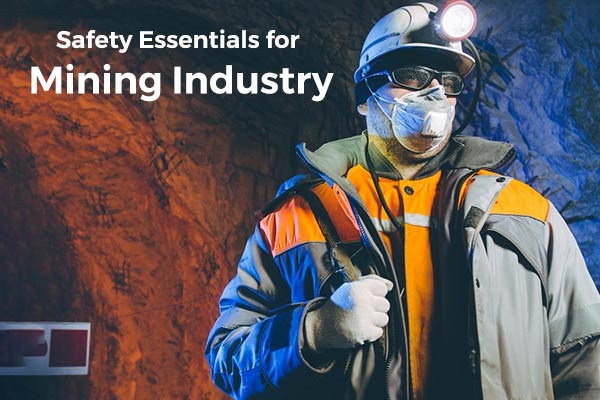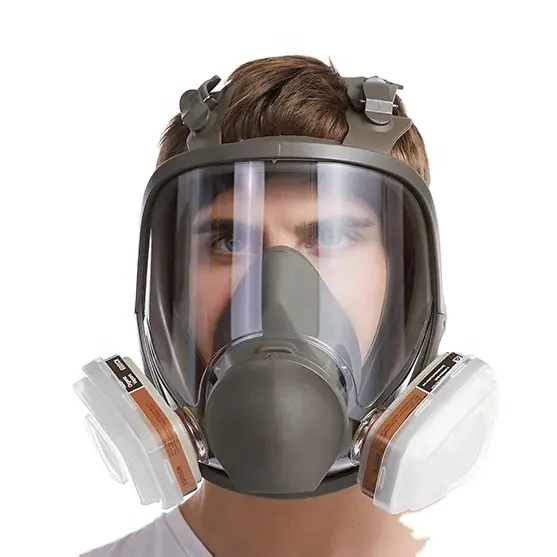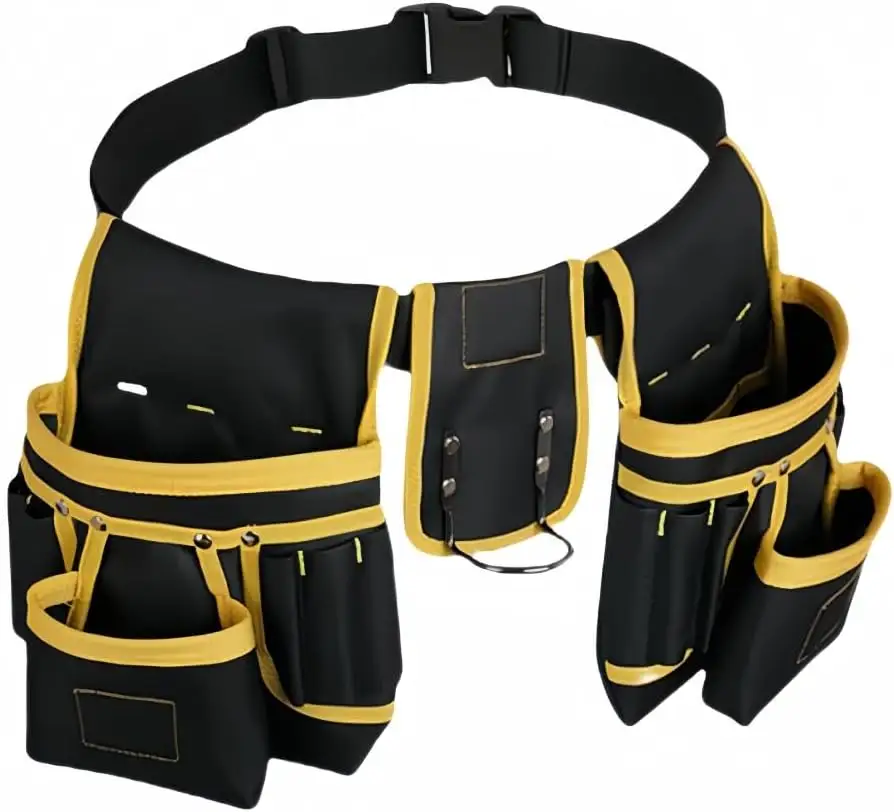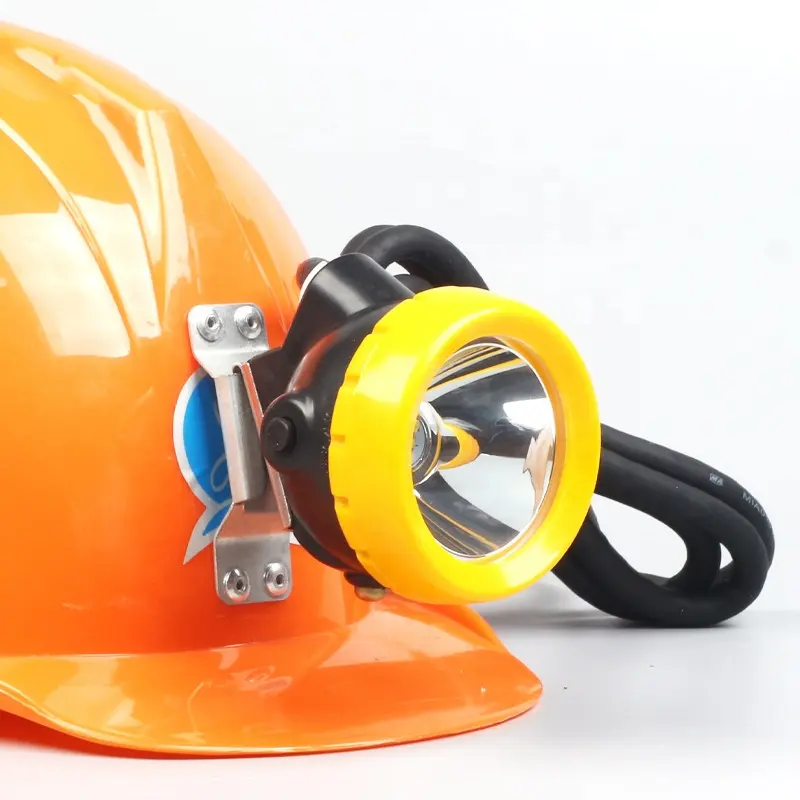As one of the China’s leading PPE manufacturers since 2009, we would like to share what are the best PPE products for mining from the perspective of the type of minerals and resources so as to boost the understanding of PPE role in mining industries. Mining is a high-risk industry.

The following is a list of PPE Products for Mining:
Earplugs or earmuffs could be a must due to long-time exposure to machinery operation and explosions.
Miners may need dust masks, half or full-face respirators, or self-contained breathing apparatus (SCBA).

Heavy-duty gloves, rubber gloves, or chemical resistant gloves can be used in case of any cuts, abrasions, chemicals, and heat.
Miners could need heavy duty rain boots and safety boots with steel toe or composite toe and puncture resistance in case of penetration, impact and slipping.
Workers are likely to need high-visibility vests, jackets, or coveralls with reflective strips in low-light areas.
Full-body harnesses and lanyards can prevent falling in mining operations.
They are used to avoid strain and securely hold equipment.

Helmet-mounted lamps, headlamps, or handheld lights can be essential for lightning in dark underground areas.

Iron Ore Mining: Extraction of iron-rich minerals for steel production.
Copper Mining: Extraction of copper ores for electrical wiring and other applications.
Gold Mining: Extraction of gold, often from quartz veins or placer deposits.
Zinc, Lead, and Nickel Mining: Other important metal extractions used in manufacturing and industrial applications.
Limestone Mining: For cement production.
Clay and Gypsum Mining: For building materials.
Phosphate Mining: For fertilizers.
Salt Mining: Extraction of salt, either through traditional mining or solution mining methods.
The PPE products for mining requirements between metal mining and coal mining can be quite similar. But the performance and function of the safety products could be slightly different.
Metal mining often releases dust, fumes, and chemicals, while coal mining creates too much coal dust. So the respirators or masks for metal mining tend to filter out toxic materials like lead, arsenic, or cadmium. And the masks for coal mining are mainly protection from coal dust.

Coal mining requirements fire retardant coverall are much higher than metal mining’s, due to high risks of methane explosions and coal dust ignitions.
We use safety goggles or face shields against sparks, metal shavings, and chemicals. But in coal mining, the safety glasses for coal mining are just for coal dusts and debris.
Heavy machinery for drilling, blasting, and crushing could create noise hazards, earmuffs or earplugs with a higher NNR required. The requirements for earplugs could vary too much in coal mining.
Metal miners would prefer steel toe safety boots with puncture resistant soles. However, slip resistant soles and waterproof performance of the safety boots are more important in wet underground environments
Workers in gas and oil extraction would need air-purifying respirators because of H₂S gas, a kind of toxic acid gases, while the respirators in coal mining are mainly for filtering out the particulate and protection for methane gas leak out.
Flame-resistant clothing are worn throughout the shift in oil and gas extraction. And fire resistant hoods or balaclavas and fire resistant gloves can be carried. However. the fire resistant coverall in coal mining is mainly in case of any gas or methane explosions.
Earplugs or earmuffs with higher NNR is needed in oil and gas extraction because of the noise from heavy machinery, drilling rigs, pumps, and compressors. But the requirements in coal mining are not so strong.

Chemical resistant soles for safety boots in oil and gas extraction is a must. The boots must be slip-resistant in oil spills. Regular safety boots with slip resistance would be fine. Also heavy duty rain boots in coal mining could be used.
As for hand protection, oil and gas extraction workers have to use chemical resistant (like nitrile-coated gloves) and heat resistant gloves, while handling chemicals. In coal mining, cut resistance and heavy duty would be more preferred.
Full-body safety harness and lanyards are more often used in oil and gas extraction, especially on oil rigs, derricks, and elevated platforms. They are seldom used in coal mining.
In short, safety products are used in all kinds of mining industry. But there could be different requirements. We shall be clear about what safety products and their requirements in details we need in specific mining industry. Any other doubts about PPE products for mining, pls feel free to contact us for further discussion. Here you can check our contact https://toprisesafety.com/contact-us/
Learn more about PPE products for mining https://en.wikipedia.org/wiki/MSA_Safety
RM602 Yun Hui Zhong Xin, NO.299 Tong Ji Road , Qian Jiang Jie Dao , Jiang Bei, Ningbo, China
0086-574-87126687
0086-15824203641
sales@toprisesafety.com
Ningbo Toprise Security Products Co., Ltd. is mainly in the wide lines of PPE, road safety products, and outdoor goods, and FRP products that play a dual role as a manufacturer and trader, aiming to offer every customer the most cost-effective products and greatly help reduce every customer’s troubles by offering one-stop shopping for more than 15 years.


Have a question? Get in touch instantly using the form below.
Our customer support team would get back to you soon.